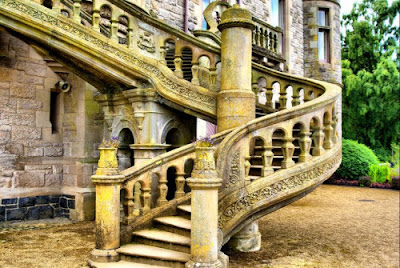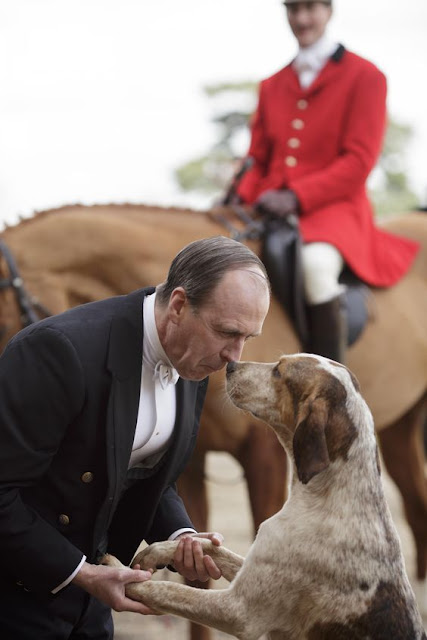 |
| Lyme Park is a large estate located south of Disley, Cheshire. The estate is managed by the National Trust and consists of a mansion house surrounded by formal gardens, in a deer park in the Peak District National Park. The house is the largest in Cheshire, and is recorded in the National Heritage List for England as a designated Grade I listed building. |
Monday, October 31, 2016
Lyme Park
Thursday, October 20, 2016
Fourth of June celebrations at Eton College
WHAT DATE IS FOURTH OF JUNE AT ETON? MAYBE NOT ON THE 4TH? WHAT AN ETON MESS! Fourth of June at Eton in 1932 When is Fourth of June at Eton College near Windsor Castle in Britain? Whereas Americans on July 4th mark their independence from the Kingdom of Great Britain and its monarch George III, students at Eton celebrate the birthday of this former king.
According to Eton’s official history, “No monarch other than the Founder showed more interest in the school, nor became more Etonian at heart than George III…In return the college deeply respected and loved the King, whose birthday, the fourth of June, was made a holiday.” It’s held annually on the Wednesday after Britain’s national May holiday. So Mad King George’s birthday could be celebrated in late May rather than on June 4th. What an Eton Mess! Actually a perfect excuse to make an Eton Mess for dessert. Eton is one of Britain’s top and most illustrious schools. It was founded in 1440 by another king – Henry VI. Nineteen prime ministers, including the current David Cameron, attended the school. Prince William and Prince Harry were also students at the boarding school. Other current well known Old Etonians are London’s mayor Boris Johnson, actors Hugh Laurie and Dominic West, and Johnnie Boden the owner of Boden clothing. The list of its past luminaries is vast including economist John Maynard Keynes and author George Orwell.
Wednesday, October 5, 2016
The Old Dee Bridge at Chester
 |
| the Old Dee Bridge at Chester (dating from 1357 when the Black Prince had it built, the Old Dee Bridge is Chester’s oldest bridge, has seven spans and stands close by the medieval weir) |
Sunday, October 2, 2016
Castell Coch
 |
| Castell Coch is a 19th-century Gothic Revival castle built above the village of Tongwynlais in South Wales. The first castle on the site was built by the Normans after 1081, to protect the newly conquered town of Cardiff and control the route along the Taff Gorge. Abandoned shortly afterwards, the castle's earth motte was reused by Gilbert de Clare as the basis for a new stone fortification, which he built between 1267 and 1277 to control his freshly annexed Welsh lands. This castle was likely destroyed in the native Welsh rebellion of 1314. In 1760, the castle ruins were acquired byJohn Stuart, 3rd Earl of Bute, as part of a marriage settlement that brought the family vast estates in South Wales. |
Watching the sunset from the top of the Tor
Portrait of Her Majesty Queen Elizabeth II, commissioned by The Queen’s Body Guard,
Subscribe to:
Posts (Atom)















































